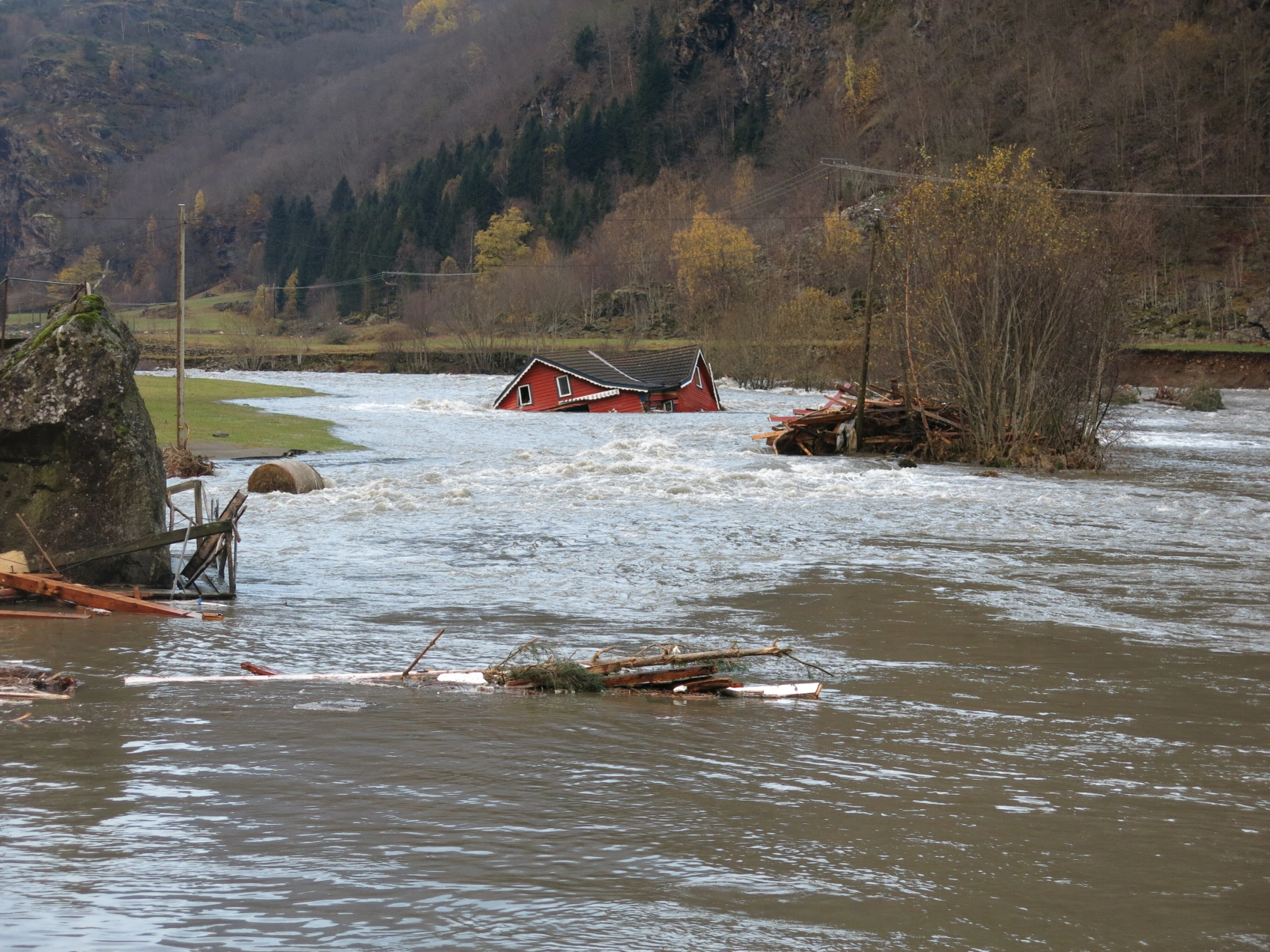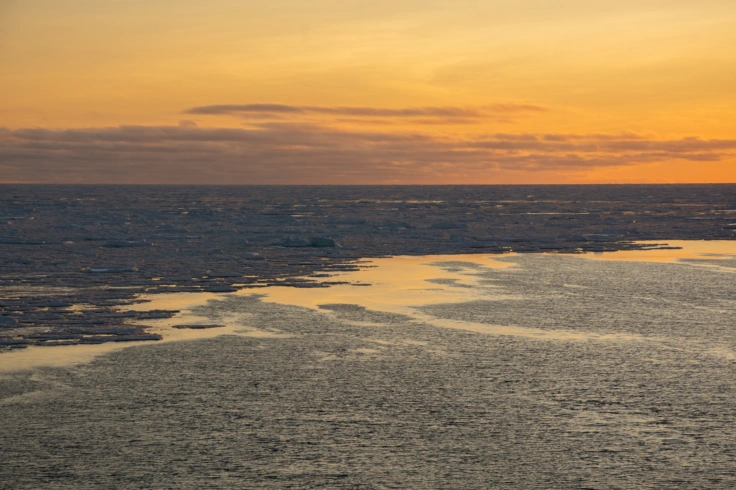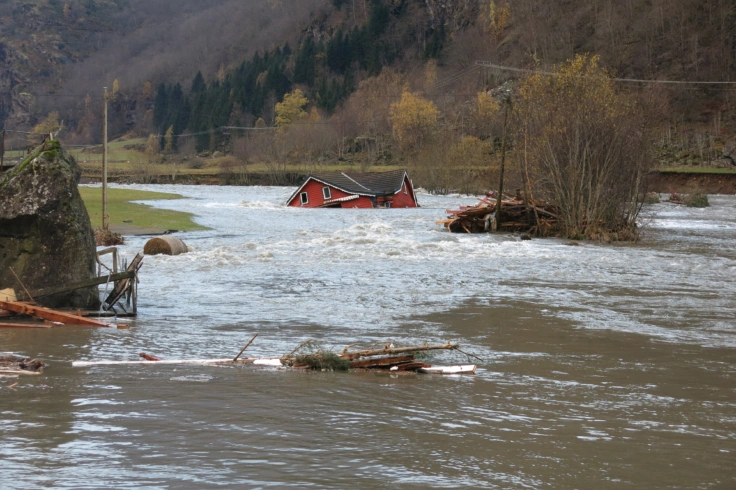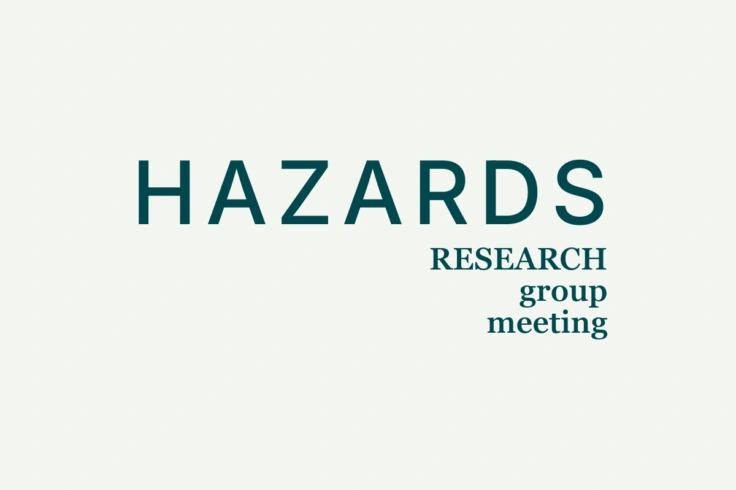
Future climate in Norway: More floods, droughts, and less snow
Read moreOur Research Areas
Find an Expert
Our researchers are employed either at NORCE, UiB, the Nansen Center or the Institute of Marine Research. The researchers work together across various scientific disciplines. Find researchers with backgrounds in meteorology, oceanography, geology, geophysics, biology and mathematics, among others.
Projects
Researchers at Bjerknes are involved in several projects, both nationally and internationally. The projects are owned by the partner institutions, with the exception of our strategic projects.
Publications
Researchers at the Bjerknes Center publish more than 200 scientific articles each year.
Dive Into The Climate Science
Se alleNews
Se alle
03.11.25
Banned gases reveal the age of water
The use of gases that deplete the ozone layer has been restricted for almost forty years. Still such substances linger in the ocean – a troublesome legacy marine scientists can exploit to keep track of the ocean circulation.

29.10.25
Mapping the comfort zone of ocean life
What is the safe operating space of marine ecosystems? In a new paper, Timothée Bourgeois and colleagues investigate the limits of marine ecosystems to preserve of biodiversity, food security, biodiversity and risk for human societies.

27.10.25
Future climate in Norway: More floods, droughts, and less snow
The climate in Norway has already undergone significant changes, and the effects are set to intensify in the coming years. This is demonstrated by a new report from the Norwegian Centre for Climate Services (NCCS).
Events
Se alle
07.11.25
Hazards meeting

14.11.25
Disputas: Mathias Venning: "Enacting a Global Vision for Climate Services"
Mathias Venning disputerer 14.11.2025 for ph.d.-graden ved Universitetet i Bergen med avhandlingen "Enacting a Global Vision for Climate Services". Les mer her: Brobygging over brukbarhetskløften i klimatjenester | Nye doktorgrader | UiB

20.11.25
Polar theme meeting
As previously mentioned (including at the recent annual meeting), the Bjerknes Centre is in the process of renewing its strategy. We will therefore have a new Polar meeting dedicated to discussing what we think the Bjerknes Centre should be doing over the next years and how we should achieve these objectives. As these discussions requires energy, we will also use this opportunity for a small pre-christmas lunch. So please confirm your attendance. When: Thursday 20 November at 12:00-14:00 Where: Copernicus lecture room (114; NERSC) Best, Marius





